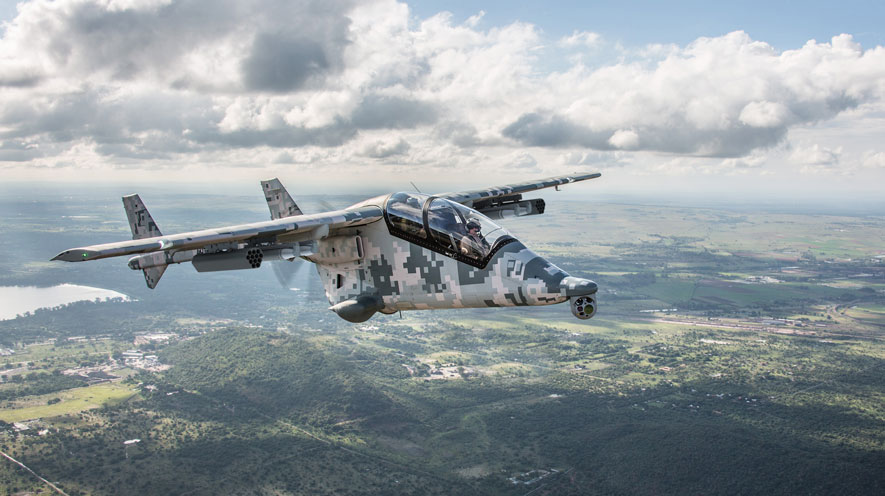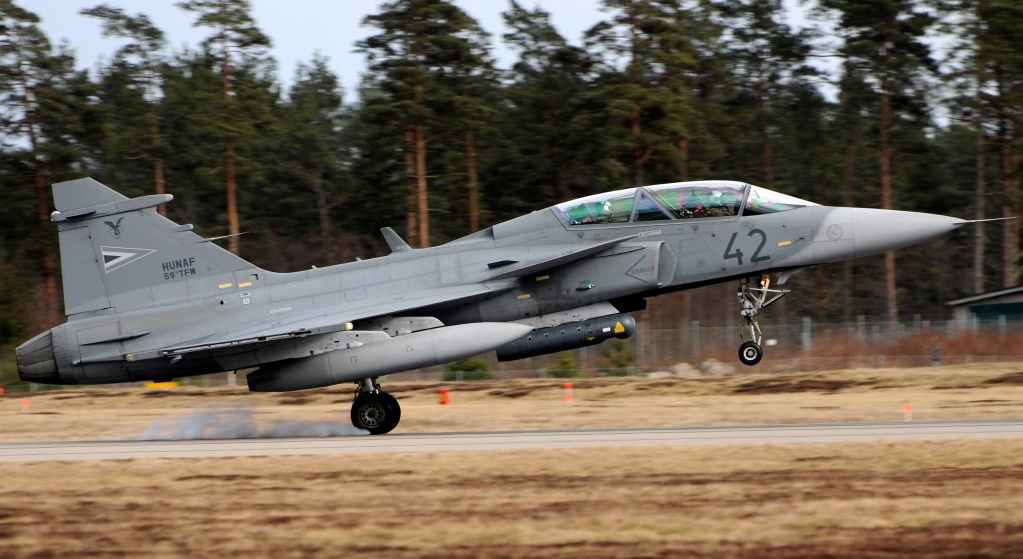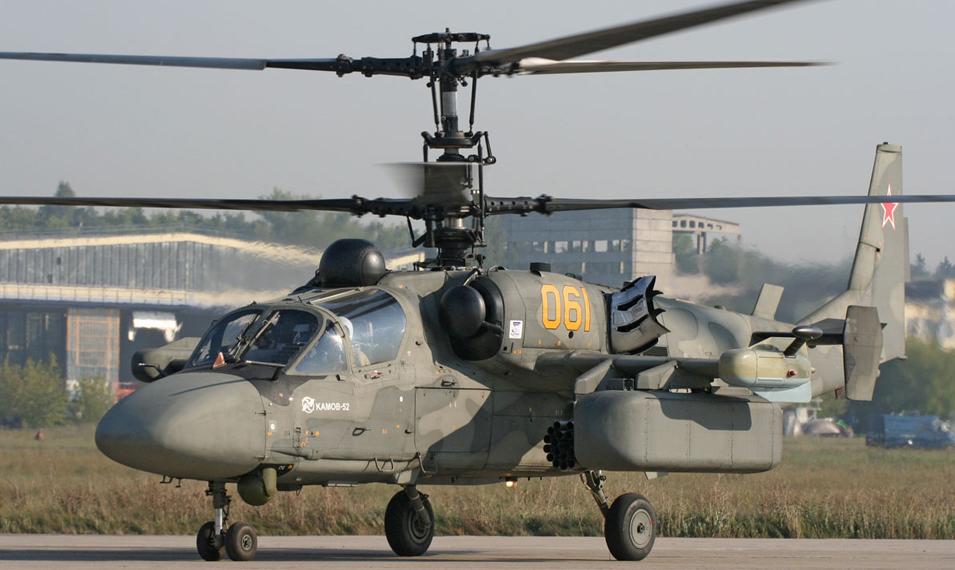2275Views 7Comments

Paramount Group’s AHRLAC/Mwari nearing serial production
The private South African conglomerate Paramount Group has announced that its production factory for the AHRLAC (Advanced High Performance and Reconnaissance Light Aircraft) system is ‘fully operational’ as it embarks on serial-production for several undisclosed launch customers.
Paramount Group also demonstrated the AHRLAC Production Development Model (PDM), a substantially improved version equipped with ejection seats, on-board oxygen-generation system (OBOGS), retractable landing-gear, a modern integrated avionics suite, lighter airframe and quieter propeller and exhaust.
The AHRLAC production line is located at the Wonderboom International Airport Complex. Construction of the 15,000 m2 facility began in 2016. It is to have the capacity to roll-out 24 aircraft per year.
Paramount Group’s Founder and Executive Chairman Ivor Ichikowitz said:
“It [the AHRLAC] brings us one step closer to addressing a key industry need – the capability to conduct numerous missions, in a variety of environments that previously required multiple aircraft. It offers a cost-effective solution to maintaining aeronautical relevance and effectiveness in an increasingly demanding, and ever-changing world.”
Paramount Group is excited for the AHRLAC for several reasons. First, the company presents the AHRLAC as the “first” combat aircraft to be designed in Africa. Second, that the AHRLAC – with its projected flight cost of $1,000 per hour – would aptly fulfill the needs of countries in need of low-cost airpower.
The principal target market of the AHRLAC include countries investing – or otherwise interested – in low-cost turboprop-powered close air support aircraft, such as the Embraer EMB-314 Super Tucano. A number of these countries are also located in Sub-Saharan Africa, a key target market of the company.
The AHRLAC is being positioned as a multi-mission solution suitable for surveillance, border patrol, anti-smuggling and disaster relief operations. It can also support counterinsurgency operations.
IHS Jane’s also reports that the AHRLAC’s military variant, the Mwari, is undergoing armament tests using Mokopa anti-tank guided missiles along with 70 mm rockets and 20 mm cannon pods.
The AHRLAC is powered by a single Pratt & Whitney Canada PT6 turboprop engine. Paramount Group says that the AHRLAC can take-off at 550 m with a full payload, reportedly 800 kg. The AHRLAC has a maximum cruise speed of 500 km/h, service ceiling of 31,000 ft and maximum range of 2,000 km.



7 Comments
by Joseph
I read on wikipedia that “Paramount claims that the aircraft will be cheaper to acquire and
operate than UAVs, since the manned models of the Ahrlac shall not need the expensive subsystems required for the remote control of unmanned aircraft.” and I wonder whether that can be true.
Training of a pilot can be expensive and the extra fuel for the human weight. Also aren’t ejection seats and on-board oxygen-generation system cost money too?
by Bilal Khan
Might be in reference to drones with comparable payload (i.e. 800+ kg).
by Joseph
According to this: http://www.dailymail.co.uk/sciencetech/article-3486266/The-oddest-fighter-plane-ve-seen-Radical-low-cost-twin-tailed-design-manoeuvrable-rival-helicopters.html The cost is set at around $10 million in 2011, but I think CH-5 probably costs half that.
That line probably worked before CH-5 came out when MQ-9 was the only available drone of that class.
According to wikipedia MQ-9 costs about $16 million in 2013, so AHRLAC is likely cheaper than that.
Cost per flying hour (CPFH) of MQ-9 is also US $1000 according to https://rhk111smilitaryandarmspage.wordpress.com/2017/01/15/us-armed-forces-aircraft-operating-costs-august-2016/ so AHRLAC is at least comparable, maybe even be able to beat that marginally.
But I don’t think the cost of pilot training was taken into account and AHRLAC needs 2.
by Matthys Jacobs
Training a UAV operator can be quite complex as well.
by Joseph
From what I understand most UAV operators require only hours of training. I think one of the articles I read about CH-5 said only about a week or two were needed to train an UAV operator.
According to https://uavair.com.au/how-much-does-uav-training-cost/ in Australia if you want to become a professional UAV operator and get Aeronautical Radio Operator Certificate and Remote Pilot License (RePL), you need to take a course and complete the required 5 hours of instructed piloting. It costs $3995 (about US $3100), but that is nothing comparing to real pilot training. I think most people need more training than that to get a driver’s license.
by abjectief
Thats civil UAV. Going to war with it is a whole other ballgame, as this one tells us: “It depends on the service you want to join, and the size/mission of the Remotely Piloted Aircraft (RPA).
In the Air Force, you need to be an officer. To be an officer you must have a four year degree and go thru some level of commissioning: Academy, ROTC, or Officer Training School.
The Air Force has two main paths to flying RPAs: Undergraduate Pilot Training (UPT), or undergraduate RPA school. RPAs are also open to navigators who have their private pilot license and are instrument qualified. They all have different AFSCs.
UPT lasts one year, plus additional follow-on training depending on your assigned weapon system. Graduates are qualified to fly manned and RPAs.
Undergraduate RPA school lasts about 6 months. Graduates are only qualified to fly RPAs.
Air Force currently has four RPA programs: RQ-4 Global Hawk, RQ-1 Predator, RQ-9 Reaper, and RQ-170 Sentinel. Basic qualification takes approximately 4 months. Mission qualification is done in the assigned unit, and typically takes about 2 months to complete.”
https://www.quora.com/How-difficult-is-it-to-become-a-military-drone-pilot
by TZK
In terms of price at 10MUSD it is comparable to attack helicopters such as Mil 35, but it out performs the helicopters in range and endurance. Theoretically it replaces a surveillance UAV and an attack helicopter as it can undertake both roles but whether it will catch on is debateable.